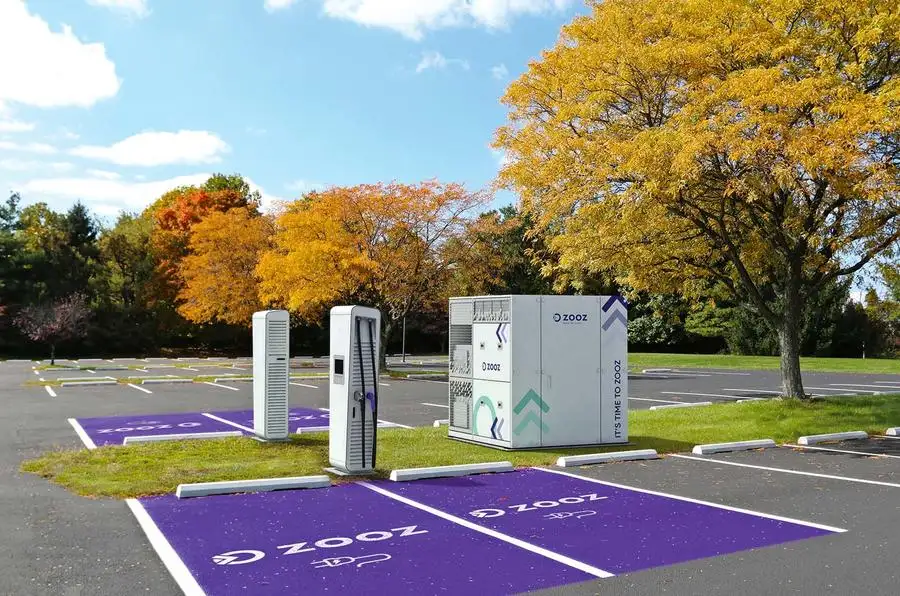Flywheels make a comeback: A solution to long queues at EV rapid chargers on busy routes.
The flywheel is experiencing a resurgence as an energy storage solution that could potentially solve the problem of long queues at EV rapid chargers on busy routes.
Flywheels have been around since the year dot. Their most common use is for smoothing out the power source in a reciprocating engine. They do that by storing kinetic energy, guaranteeing a smooth stream torque as an engine takes those millisecond breathers between the pops and bangs that make it go.
Bigger or much faster flywheels act as mechanical batteries, and again their use in various forms of transport (such as railway locomotives and trams) and in stationary applications isn’t new.
They were nearly used by Williams during the KERS period in Formula 1, but Williams Hybrid Power was set up to develop the idea commercially instead. Other developers of small, very high-speed flywheel innovations included UK-based Flybrid Systems and Volvo, which developed and tested prototypes.
Where they could shine, though, is as energy storage systems – mechanical batteries attached to ultra-rapid chargers.
A reliable public charging network, or rather the lack of one, is a source of growing concern among both existing and potential EV drivers. Range anxiety has been swapped for charging anxiety as reports grow of drivers arriving at charge points to find them busy, blocked or out of service.
Coping with the increase in power needed in local networks remains a challenge. Rapid and ultra-rapid chargers can’t perform as they should if the local substations to which they’re connected can’t meet the demand, yet upgrading those is costly and time-consuming.
Flywheel systems have the advantage that they can build up a store of energy relatively slowly, drawing on existing grid power, but then release much higher levels of energy as a kind of boost once they’re ‘charged up’. That means a 350kW ultra-rapid charger could be installed in conjunction with a flywheel storage system without the slow, disruptive and expensive upgrades to the local electricity network.
This is happening already. British firm Levistor is developing flywheel technology used in Zooz’s Zoozter Kinetic Power Booster. Its system is made from hardened, hot-rolled laminated steel that, along with all the materials used in the machine, are said to be 100% recyclable.
Zooz says that a typical rapid charger is expected to charge 20 EVs per day, which adds up to around 7000 cycles over a year – something that would rapidly degrade a stationary chemical battery doing the same job. In contrast, its latest flywheel system, the Zoozter 100, doesn’t degrade.
Last month, Levistor became a joint finalist for the Swedish Steel Prize for its efforts.




